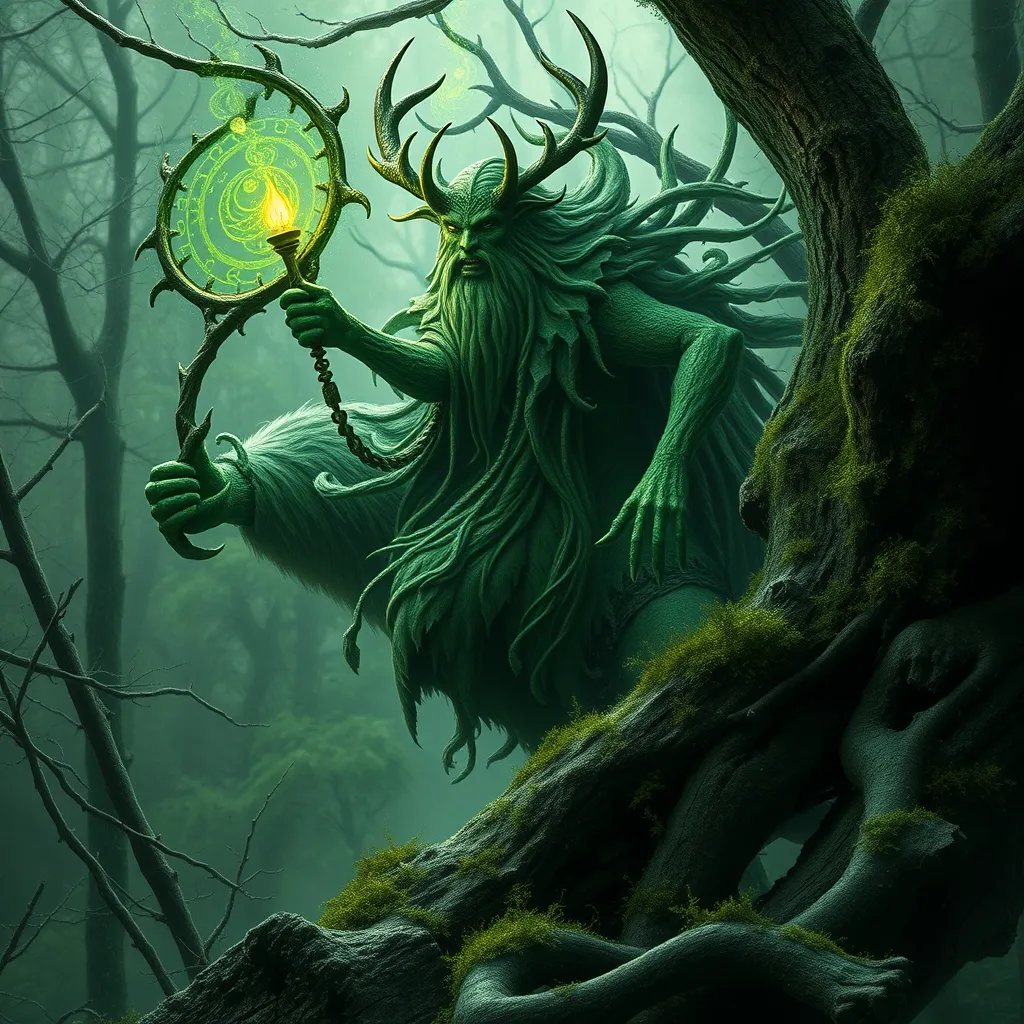Cerberus in Cinema: From Animated Films to Blockbuster Movies – The Myth’s Presence on the Big Screen
I. Introduction
Cerberus, the three-headed dog of Greek mythology, is a creature that has captivated the imagination of many throughout the years. Known as the guardian of the Underworld, Cerberus serves to prevent the dead from escaping and the living from entering without permission. This mythological figure has transcended its ancient origins, becoming a significant symbol in popular culture.
The significance of Cerberus in modern media is profound, as this formidable beast embodies themes of protection, fear, and the duality of guardian and monster. The purpose of this article is to explore Cerberus’ representation in cinema, examining how this myth has been adapted and reinterpreted across various film genres.
II. The Origins of Cerberus in Greek Mythology
Cerberus is often depicted as a monstrous creature with three heads, a serpent-like tail, and a mane made of snakes. In mythology, he is the offspring of Echidna and Typhon, making him a sibling to other legendary monsters. Cerberus plays a crucial role in the Underworld, where he is tasked with guarding the gates and ensuring that the dead do not escape while keeping the living away.
The historical context of the myth highlights the ancient Greeks’ views on death and the afterlife. Cerberus symbolizes both the fear of death and the protection of the realm of the dead. As a guardian, he embodies the complex relationship between life and death, serving as a reminder of mortality.
In summary, Cerberus is a multifaceted symbol of protection and fear, representing the boundary between life and death in ancient Greek culture.
III. Cerberus in Animated Films
Animated films have embraced Cerberus, showcasing his character in various ways. Notable examples include:
- “Hercules” (1997) – Disney’s animated feature presents a more playful and friendly version of Cerberus, named “Cerberus” but depicted as an adorable pet of Hades.
- “The Little Mermaid” (1989) – In this classic, Cerberus appears in a brief but memorable sequence, portraying his protective nature.
- “Percy Jackson & The Olympians: The Lightning Thief” (2010) – Although not strictly animated, the film incorporates CGI to bring Cerberus to life in a thrilling chase scene.
The character design of Cerberus often varies from menacing to comical, reflecting the tone of the film. In “Hercules,” for instance, his design leans toward the cartoonish, while in “Percy Jackson,” he is portrayed as a more frightening creature.
Through these films, Cerberus conveys themes of loyalty, protection, and the struggle against fear. The animated interpretations often aim to make Cerberus more relatable, transforming him from a fearsome guardian into a character that audiences can empathize with.
IV. Cerberus in Live-Action Blockbuster Movies
Live-action films have taken a different approach in portraying Cerberus, often utilizing advanced visual effects to create a more realistic representation. Major films featuring Cerberus include:
- “Harry Potter and the Sorcerer’s Stone” (2001) – The three-headed dog, named Fluffy, serves as a guardian to the Philosopher’s Stone, showcasing a blend of CGI and animatronics.
- “The Cabin in the Woods” (2011) – Cerberus appears among various mythological creatures, highlighting the horror genre’s use of the beast as a symbol of impending doom.
In these films, the interpretation of Cerberus varies significantly. “Harry Potter’s” Fluffy is designed to be more benign, with a lovable demeanor, while “The Cabin in the Woods” presents a darker, more menacing version, emphasizing the creature’s monstrous qualities.
The impact of CGI and practical effects on Cerberus’ portrayal has been profound, allowing filmmakers to create visually stunning representations. The evolution of technology has enabled filmmakers to depict Cerberus in ways that were previously unimaginable, adding to the richness of his character in cinema.
V. Cerberus as a Cultural Icon
Cerberus has influenced various genres, including horror, fantasy, and adventure. His presence in films often signifies deeper themes related to death, the afterlife, and the human psyche.
In addition to film, Cerberus has found a place in video games, such as:
- “God of War” – Cerberus appears as a formidable boss, challenging players in their quest.
- “Dante’s Inferno” – The character is featured as a guardian of Hell, embodying the fearsome aspects of the myth.
Merchandise and marketing surrounding the character have also flourished, with action figures, apparel, and collectibles featuring Cerberus becoming popular among fans of mythology and pop culture.
VI. Thematic Analysis of Cerberus in Film
Cerberus embodies several common themes in cinema, including:
- Guardian vs. Monster – Cerberus is often portrayed as both a protector and a threat, showcasing the duality of his nature.
- Fear and Desire – The character reflects human fears related to death and the afterlife while also representing a desire for protection and safety.
This duality allows filmmakers to explore complex narratives, where Cerberus can serve as both an obstacle and an ally, depending on the storyline. His presence often leads to moments of introspection for characters, forcing them to confront their fears and desires.
VII. Case Studies: Iconic Representations of Cerberus
Examining specific films reveals distinct portrayals of Cerberus:
1. “Hercules” (1997)
In Disney’s “Hercules,” Cerberus is depicted as a lovable pet, showcasing a more light-hearted interpretation of the myth. This portrayal emphasizes the character’s friendly nature, appealing to younger audiences.
2. “Harry Potter and the Sorcerer’s Stone” (2001)
Fluffy, the three-headed dog in “Harry Potter,” serves as a guardian of the Philosopher’s Stone, embodying both loyalty and the threat of danger. This representation balances the whimsical elements of the wizarding world with the darker undertones of the myth.
3. “The Cabin in the Woods” (2011)
In this horror film, Cerberus is part of a larger ensemble of monsters, representing the ultimate fear that lurks in the shadows. This portrayal plays on the horror genre’s traditions, amplifying the creature’s menacing qualities.
Audience reception of these films varies, with some praising the creative liberties taken with Cerberus while others critique the deviations from traditional mythology. Critical analysis often highlights how these films adapt Cerberus to fit contemporary narratives and themes.
VIII. Conclusion
Cerberus has had a significant impact on cinema, evolving from a mythological figure into a versatile character that appears across various genres and mediums. His enduring legacy reflects humanity’s fascination with death, protection, and the unknown.
As cinema continues to evolve, the future possibilities for Cerberus in upcoming films and media are vast. Whether as a terrifying monster or a loyal guardian, Cerberus will undoubtedly continue to captivate audiences and inspire filmmakers for generations to come.



